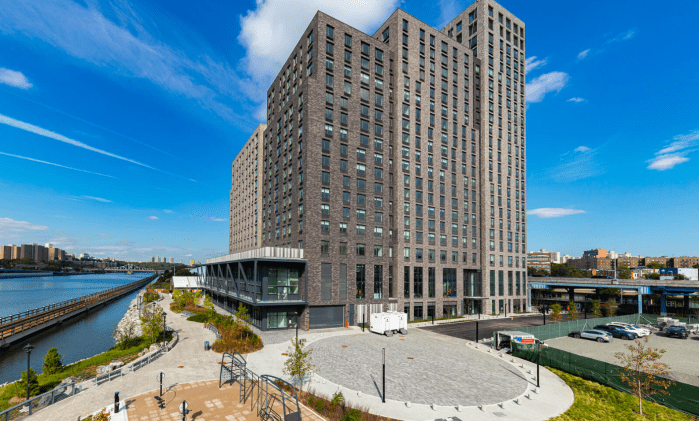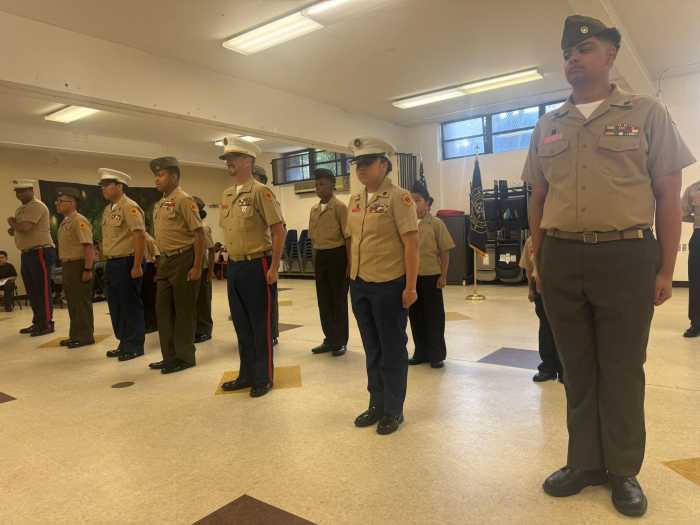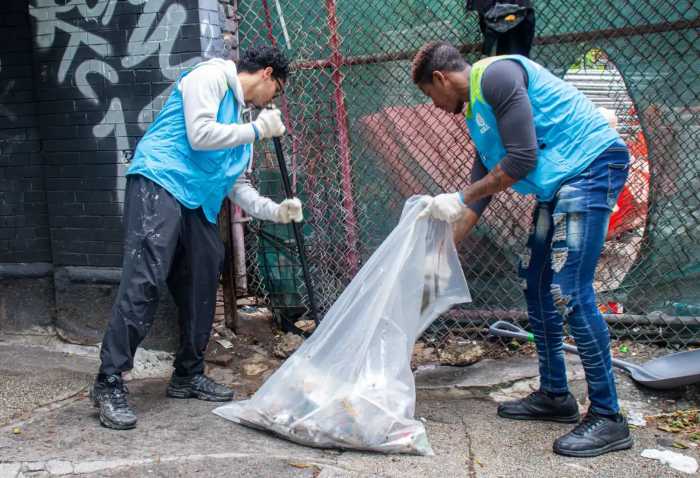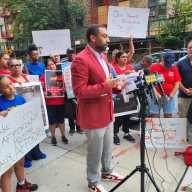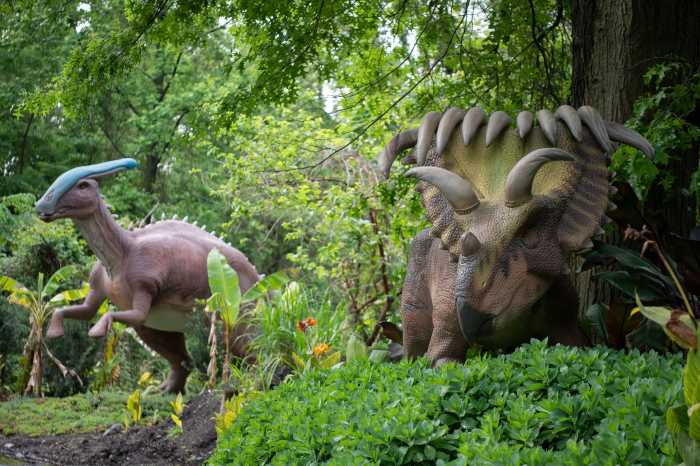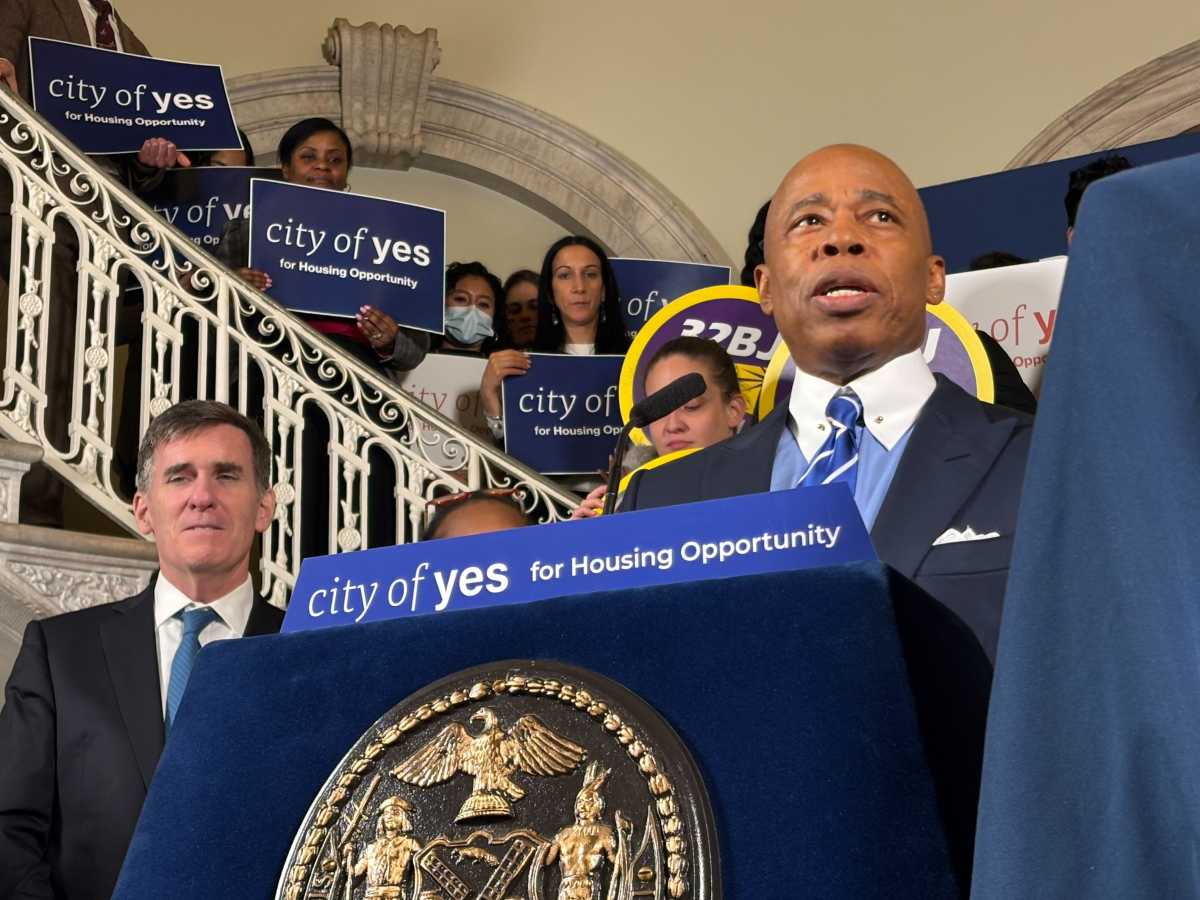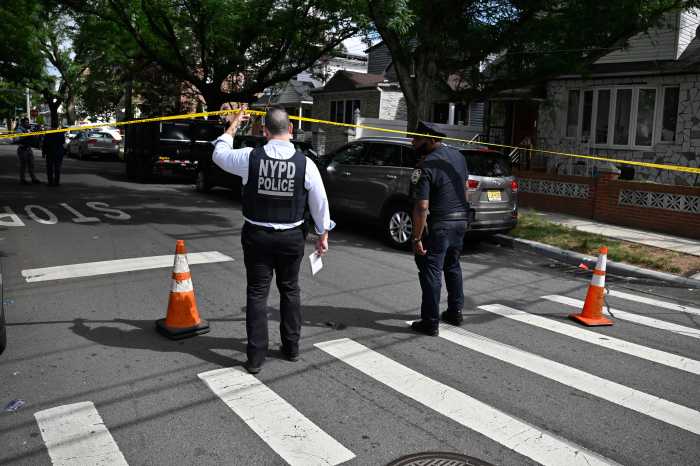As always, the New York City Marathon on Nov. 3 will feature some amazing runners from the Bronx who have extraordinary stories of courage and persistence.
Ahead of this year’s race — which is expected to bring over 50,000 runners from all 50 states and 150 countries — the Bronx Times spoke with the three Bronx members of Team Inspire, the group of 26 local participants who came into running in unexpected ways and have left a lasting impression on their communities.
Patty’s story
Patty Ortega, 43, who lives in Hunts Point, said running the New York City Marathon is “a lifelong dream” she never thought would come true. She grew up in Ecuador, where she said women were discouraged from athletics. “Over there, girls belong to the house,” not running in the streets, said Ortega. Even so, she grew up hearing about the famous marathon that attracts runners from all over the world.
Ortega immigrated to the United States in 2007 and had a son in 2014. When he was about six months old, “I noticed something was different about him,” said Ortega. When he was two years old, a developmental pediatrician diagnosed him with autism.
“I was afraid,” said Ortega, who was totally unaware of what autism was. “I just lay on the floor and cried.”
With the stress of worrying about her son, Ortega felt her mental health slipping. She sought help from a therapist, who suggested some kind of physical activity might help her feel better. Ortega tried a salsa class, which she enjoyed but found it didn’t fully take her mind off things. During the pandemic, she started taking long walks and hikes, sometimes walking from Hunts Point to Orchard Beach.
Eventually, Ortega started incorporating some jogging, but she was worried about street safety, as well as an old knee injury. Looking for some support and structure, she found a running club that happened to meet every Wednesday only two blocks from her home.
But she was reluctant to join, assuming the club would be mostly young, experienced runners who would leave her in the dust. “I had so many doubts,” said Ortega.
When she showed up, she was relieved to find quite the opposite. Group members told Ortega, “You’re never gonna be alone. If you want to walk, just walk.”
“It was so welcoming,” she said.
Right away, she felt a switch. “When I started running, it was the first time I wasn’t thinking about my son too much,” said Ortega. “I got back home and felt like I was a new person.”
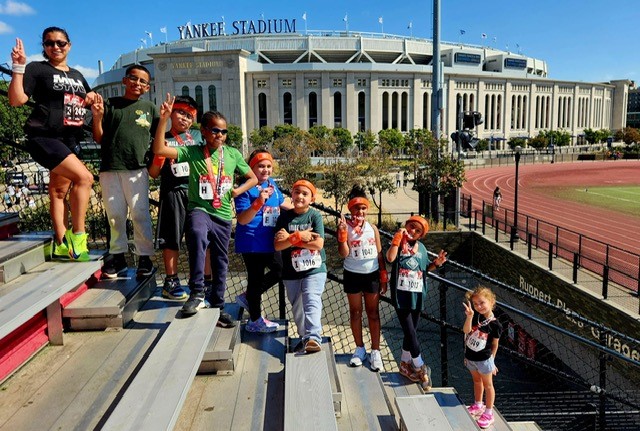
Ortega understood that this new hobby was great for her mental health — and helped her become a more patient parent in turn. She began teaching her son some of the lessons she learned in the running club: keep breathing, take your time, go one step at a time. She approached his behavior challenges as if he was a struggling runner.
“I have a new tool to approach the meltdowns,” Ortega said.
Over time, she signed up her son for Boy Scouts and became involved with leading the troop. Several of those kids had ADHD, learning disabilities or other issues similar to her son’s, and Ortega felt they could also benefit from running.
At each meeting, she led the boys in warmups and breathing exercises and helped them check in on how they were feeling. She linked up with Rising New York Road Runners, the free youth program that brings running-focused lessons and events to members of school and community group.
At first, only a couple kids were really interested, she said. But over the 2023 school year, the group finished all the program’s activities ahead of schedule and signed up for their first official race in Van Cortlandt Park.
Ortega said the kids were nervous on race day, but she encouraged them to just focus on the finish line and take breaks if needed. Once they heard the cheering crowds, the students came alive.
“They just started running, and then the biggest smiles,” said Ortega.
As soon as they finished the race and felt the thrill of victory, the kids started asking about the next one. According to Ortega, running gave many of the students the same kind of mental relief that she experienced.
They said when they run, that’s the only time no one complains about them not sitting still. “When I run, I don’t have autism,” one of the young girls told Ortega.
Last school year, Ortega’s son had severe asthma-related health problems and a rough time in school. It was a hard time for both of them. “I thought I was losing control of everything.”
But by then, Ortega had committed to running the marathon — and used it as a goal to keep herself and her son mentally strong. “You’re gonna be there to see me win the medal,” she told him. “I can’t do it alone.”
The months of training have given both of them a clear goal, and he often asks about her training. “This event saved me from becoming crazy,” she said. “It’s giving my son a purpose.”
With the marathon coming up soon, Ortega feels confident, although she plans to walk certain parts of the route. “I feel I’m gonna survive it at least,” she said.
But Ortega, who never really ran until her 40s, now can’t imagine her life without running. “It has given me control of my life and mind,” she said. “Running made me focus on myself.”
Though it has been difficult to work in enough training time, preparing for the marathon has taught Ortega and her son some valuable life lessons. “Anything can be a finish line,” she said.
Shaquille’s story
Shaquille Roberts, 30, who came to the Bronx at age 12 from the Caribbean island of St. Kitts, was a natural athlete who grew up playing soccer, football and basketball. But he only started running about two years ago and took on this year’s marathon challenge as something of a dare.
A co-worker of Roberts’ ran a past marathon and, upon hearing his friend brag about it, Roberts confidently said he could do it too. “I’m doing myself an injustice by not leaning into my athletic abilities,” he said he realized at the time.
But Roberts set out not only to finish a marathon but to run the Boston Marathon, a prestigious and exclusive event that requires a qualifying time of under three hours for men his age. On his first time, Roberts ran the race in three hours and 22 minutes, even though he got cramps and had to walk the last stretch. After that, he knew as a Bronxite, he had to bring it home and run the New York City Marathon.
He ran last year’s marathon to benefit The Odyssey House, a nonprofit focused on addiction recovery. But beyond his own running goals, Roberts was also determined to give back to the community.
He and a friend started Bronx Burners, a nonprofit running club that meets weekly at Macombs Dam Park, where the former Yankee Stadium was located. The group has about 90 youth and adult members who mostly train for various New York Road Runners events.
The group aims to be inclusive in terms of speed and backgrounds— which is easier because they run on a track. “There’s nobody in first and nobody in last,” said Roberts.
The group welcomes runners of all skill levels, and Roberts said it’s especially important for runners of color to feel welcomed. Stereotypes still exist about distance running being a “white people thing,” which is why Roberts opens his club to anyone.
“It can be as easy as running a block and walking a block,” he said.
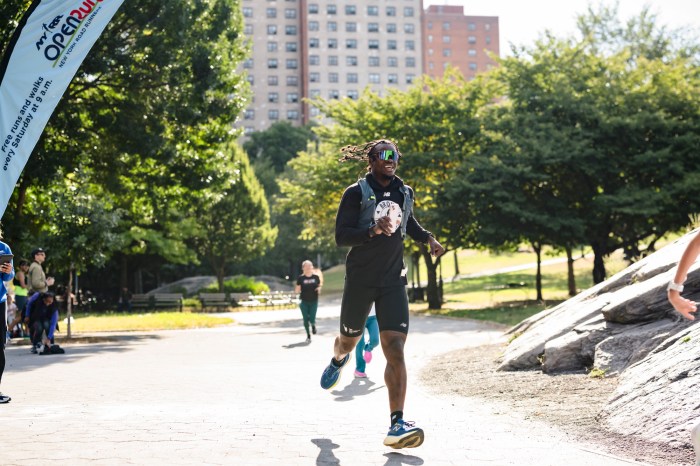
The Bronx Burners has become about much more than fitness — it is now a community of runners. The group is sponsored by Asics, and New Balance has also given the group free shoes, running gear and a tent. The Bronx Burners has given thousands in scholarships to young people in the community.
Roberts said the running group allows him to see the payoff from his day job as well. He works as an IT specialist for the Bronx Defenders, which provides legal assistance for low-income Bronxites, and the club is just one more way for him to be connected to the community.
“In my heart, that’s all I ever wanted to do,” he said.
For this year’s marathon, Roberts plans to take it easy, relatively speaking. There’s a difference between “running a race versus racing a race,” he said — and this time, he wants to focus on giving out hugs, high-fives and cheers.
“I’ll be partying at this one,” said Roberts. “I just want to be present for it, take it all in and enjoy it.”
Johnny’s story
The story of how Johnny Pye, 41, started running in his late 30s is almost unbelievable. Many athletes say their sport is a form of therapy, but for Pye, running became a way for him to destroy himself — then put himself back together.
In 2015, at age 32, Pye was at home in Pelham Bay Park with his daughter and suddenly began to feel light-headed, like he had downed shots of liquor. Within hours, “My vocabulary was gone, and my short-term memory was gone,” Pye said.
By the time he went to a hospital, he couldn’t tell the floor from the ceiling. Though he looked outwardly fine, he had suffered a stroke.
Pye’s life turned upside down. He couldn’t talk with his kids or even read or watch TV because he didn’t understand the meaning of words anymore. A neurologist said his brain was comparable to a 95-year-old’s. Pye had to give up his stable, well-paying union job as an elevator mechanic apprentice — and he was twice denied disability payments, for reasons he still doesn’t completely understand.
With no income, he began selling off possessions. He continued rehab but still couldn’t keep up in conversations. Full of anxiety, depression and resentment, Pye separated from his fiancée and gained about 100 pounds.
At his lowest, Pye said he wanted to die. “I was wishing for a second stroke or heart attack,” he said. “I saw no hope.”

Pye stopped eating and started aimlessly walking, and then running, around the neighborhood — but doing so recklessly, losing all track of time and crashing into people or trees. He would run across the street without looking. He was looking to destroy himself.
“I literally lost my mind,” he said. But in some way, running also helped him feel better. “At night, it felt like the streets were mine.”
Pye said he lost 180 pounds in less than a year, subsisting on only cherry tomatoes and pickles, “barely eating and running day and night.” He said he was “pushing [him]self to the limit, hoping for a heart attack.”
Eventually, he passed out in public. He later saw a doctor who advised him to eat properly, but Pye ignored that advice — until it finally sank in that eating would help him become a better runner.
His first run after eating properly felt like a cell phone being plugged in, Pye said. “Running and eating right, that combination is what saved me.”
By 2020, with a continued healthy diet and lots of running, Pye started feeling even better than prior to the stroke. He reunited with his fiancée in 2021, returned to his mechanic apprenticeship and started training his partner and their kids to run races.
Pye also joined a Facebook group for stroke survivors and filmed himself while running, in hopes of inspiring others. His message to fellow survivors is not to compare their recovery to others’ but to keep fighting. “I’m taking you with me,” he tells them.
He also created a logo with the slogan R2R: Running to Recovery. He sells merch through an online shop and said that he wants anyone experiencing any kind of hardship to understand that running could save them too.
“I want this logo to stand in for me,” Pye said.
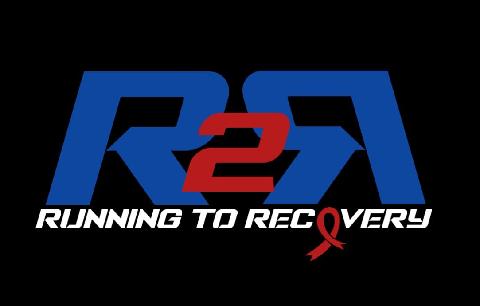
He signed up for this year’s marathon — even though he has never timed his runs or calculated his distance, which many runners would say is insane. But Pye said he runs in order to forget that clocks even exist.
He runs through Pelham Park and enjoys the scenery, which often includes wild turkeys and deer, and to reflect on the history of places like the Bartow-Pell Mansion. Pye used to run for hours on end with the goal of dying — so the marathon will show just how far he has come.
“I know I’m gonna finish that run,” Pye said. “I’m not afraid of anything.”
Reach Emily Swanson at eswanson@schnepsmedia.com or (646) 717-0015. For more coverage, follow us on Twitter, Facebook and Instagram @bronxtimes


